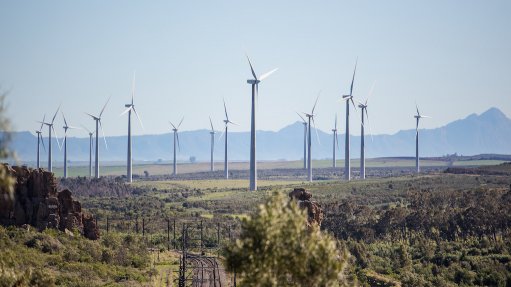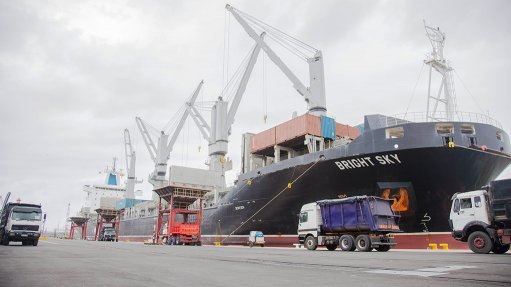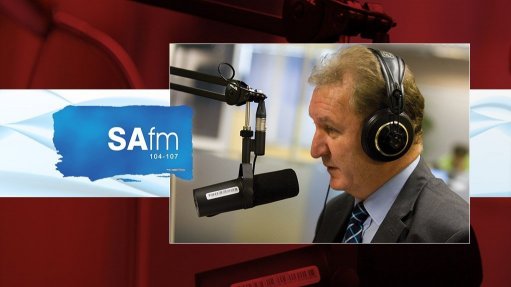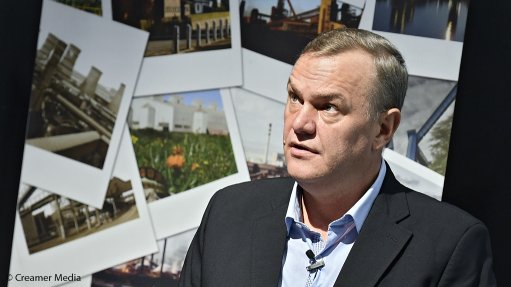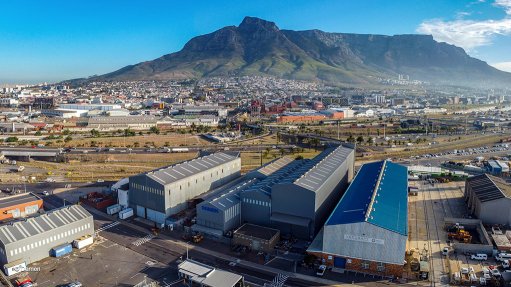IATA reports SAF production accelerating, but it needs to grow even faster
At its AGM in Dubai, the International Air Transport Association (IATA – the global representative body for the airline industry) reports that global sustainable aviation fuels (SAF) production this year is on track to achieve the predicted 200% year-on-year increase. But IATA also called on governments to implement policy measures to further accelerate the growth in SAF production. Total SAF production this year is forecast to come to 1.9-billion litres, or 1.5-million tons.
“SAF will provide about 65% of the mitigation needed for airlines to achieve net zero carbon emissions by 2050,” highlighted IATA director-general Willie Walsh. “So the expected tripling of SAF production in 2024 from 2023 is encouraging. We still have a long way to go, but the direction of exponential increases is starting to come into focus.”
SAF are a subset of renewable fuels, and renewable fuels are sought by many sectors of the economy, while their production is shared across many industries. Thus, increasing renewable fuels production in general is essential to increasing the production of SAF in particular.
IATA noted that there were now 140 renewable fuel projects, announced or under way, which would have the capability of producing SAF by 2030. If all these projects were successfully implemented, they could bring total global renewable fuel production capacity up to 51-million tons by 2030, with production in almost every region of the world. However, currently, SAF accounted for just 3% of total renewable fuel production.
But investor interest in SAF production is growing. SAF projects typically have a three-to-five-year development period from planning to production, so projects started as late as 2027 could very well be in production by 2030. Consequently, SAF production in that year could significantly exceed current forecasts.
“The interest in SAF is growing and there is plenty of potential,” he affirmed. “But the concrete plans that we have seen so far are far from sufficient. Governments have set clear expectations for aviation to achieve a 5% CO2 emissions reduction through SAF by 2030 and to be net zero carbon emissions by 2050. They now need to implement policies to ensure airlines can actually purchase SAF in the required quantities.”
To achieve the 2030 emissions reduction target, SAF production would have to be increased dramatically, to some 27% of forecast total renewable fuels production in that year.
To this end, IATA called for the diversification of SAF feedstocks, away from the currently dominant (but limited in supply) hydrogenated fatty acids (such as used cooking oils); the institution of co-processing (the production of SAF at current crude oil refineries, alongside the refining of the oil); incentives to stimulate the production of SAF at already existing renewable fuel production plants (which are currently focused on producing biodiesel for road transport), and incentives to promote the production of renewable fuels in general.
“Incentives to build more renewable energy facilities, strengthen the feedstock supply chain, and to allocate a greater portion of renewable fuel output to aviation will help decarbonising aviation,” urged Walsh. “Governments can also facilitate technical solutions with accelerated approvals for diverse feedstocks and production methodologies as well as co-processing renewable feedstocks in crude oil plants. No one policy or strategy will get us to the needed levels. But by using a combination of all potential policy measures, producing sufficient quantities of SAF is absolutely possible.”
Comments
Press Office
Announcements
What's On
Subscribe to improve your user experience...
Option 1 (equivalent of R125 a month):
Receive a weekly copy of Creamer Media's Engineering News & Mining Weekly magazine
(print copy for those in South Africa and e-magazine for those outside of South Africa)
Receive daily email newsletters
Access to full search results
Access archive of magazine back copies
Access to Projects in Progress
Access to ONE Research Report of your choice in PDF format
Option 2 (equivalent of R375 a month):
All benefits from Option 1
PLUS
Access to Creamer Media's Research Channel Africa for ALL Research Reports, in PDF format, on various industrial and mining sectors
including Electricity; Water; Energy Transition; Hydrogen; Roads, Rail and Ports; Coal; Gold; Platinum; Battery Metals; etc.
Already a subscriber?
Forgotten your password?
Receive weekly copy of Creamer Media's Engineering News & Mining Weekly magazine (print copy for those in South Africa and e-magazine for those outside of South Africa)
➕
Recieve daily email newsletters
➕
Access to full search results
➕
Access archive of magazine back copies
➕
Access to Projects in Progress
➕
Access to ONE Research Report of your choice in PDF format
RESEARCH CHANNEL AFRICA
R4500 (equivalent of R375 a month)
SUBSCRIBEAll benefits from Option 1
➕
Access to Creamer Media's Research Channel Africa for ALL Research Reports on various industrial and mining sectors, in PDF format, including on:
Electricity
➕
Water
➕
Energy Transition
➕
Hydrogen
➕
Roads, Rail and Ports
➕
Coal
➕
Gold
➕
Platinum
➕
Battery Metals
➕
etc.
Receive all benefits from Option 1 or Option 2 delivered to numerous people at your company
➕
Multiple User names and Passwords for simultaneous log-ins
➕
Intranet integration access to all in your organisation






